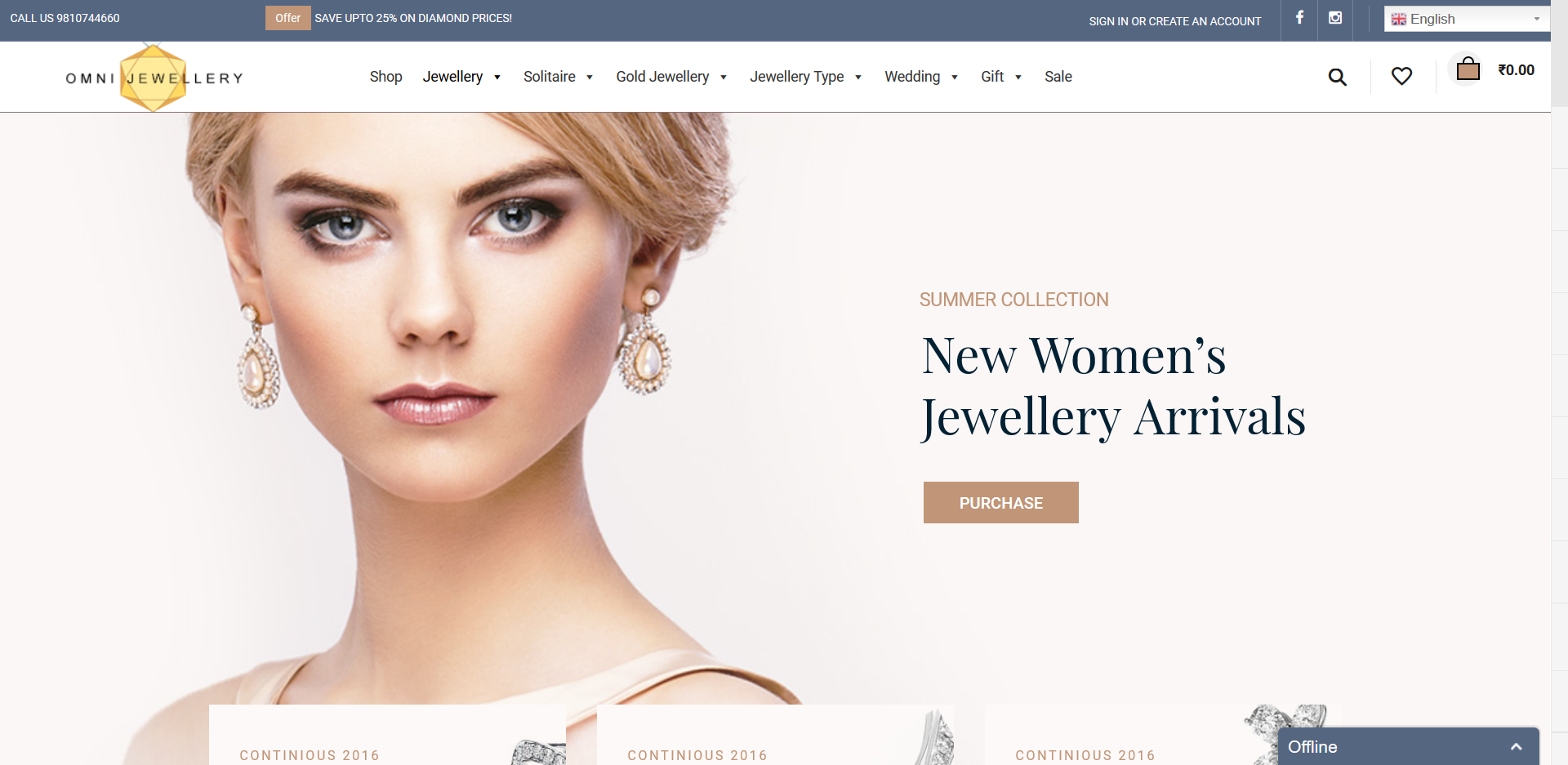
US is the largest luxury merchandise retail market in the Americas and Internet based retailing witness the fastest growth. Get insights on the market dynamics, current trends and the competitive landscape of the current and forecast market data for luxury goods retail sales in various product categories across the America. A shrewd analysis on market insights in light of consumer and retailer drifts and changing financial and other macroeconomic factors, for example, tourist flows and currency vacillations. In addition, it has the comprehensive knowledge on the market share of the ten fastest growing luxury merchandise retailers in the region and their five year deals and trading redesign analysis, store count investigation, recent key events and outlook.
Ultra-high net worth individual (UHNWI) analysis and inbound tourists analysis in selected countries is undertaken. This report Covers nine countries in the America-Argentina, Brazil, Canada, Chile, Colombia, Mexico, Peru, US and Venezuela which further includes 12 categories, including clothing, consumer electro- nics, footwear, jewellery, watches and accessories, luggage and leather goods, personal care, communication equipment, stationery, tobacco, and others.
Luxury brands in the US stays diverse and aggressive, with both regional and worldwide players present. Worldwide players LVMH Moet Hennessy Louis Vuitton SA, Richemont SA and Kering SA kept up their driving positions, on account of their broad image portfolios, which canvassed most categories in luxury brands. In addition to worldwide players, local affordable luxury brands, such as Ralph Lauren, Michael Kors, Coach, Kate Spade and Tory Burch likewise kept on driving sales in the competitive landscape of US extravagance products. While they are the most desired brands among regional luxury customers, these also pulled in numerous luxury foreign visitors.
The existence of web based retailing and marketing turned out to be critical. Luxury brands and retailers are progressively putting resources into online business to pull in tech-savvy buyers and capture more sales. As luxury brands have a tendency to have less retail outlets than mass brands, web based retailing helps luxury brands to reach both new and existing clients who can’t visit physical stores. With the developing penetration of cell phones, m-commerce is likewise turning into a key distribution channel despite the fact that its retail shares stayed little in luxury brands.
It is evaluated that Chinese travelers spent as much as $150 billion+ on individual luxury merchandise in 2017, representing 33% of all purchases universally. Of this US$150 billion the only us represented 78% of aggregate abroad utilization by Chinese buyers. High import assesses inside China were a major motivator – a similar luxury handbag can cost a third more in Beijing than in Paris.
